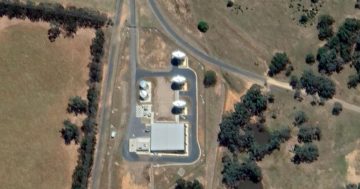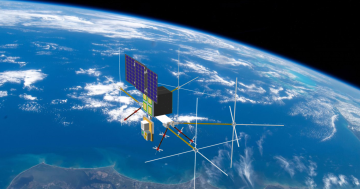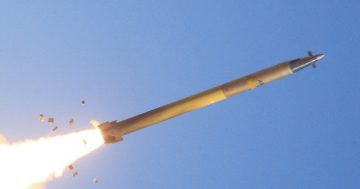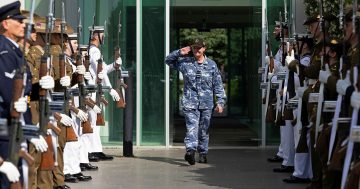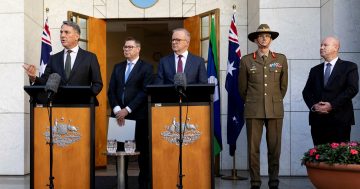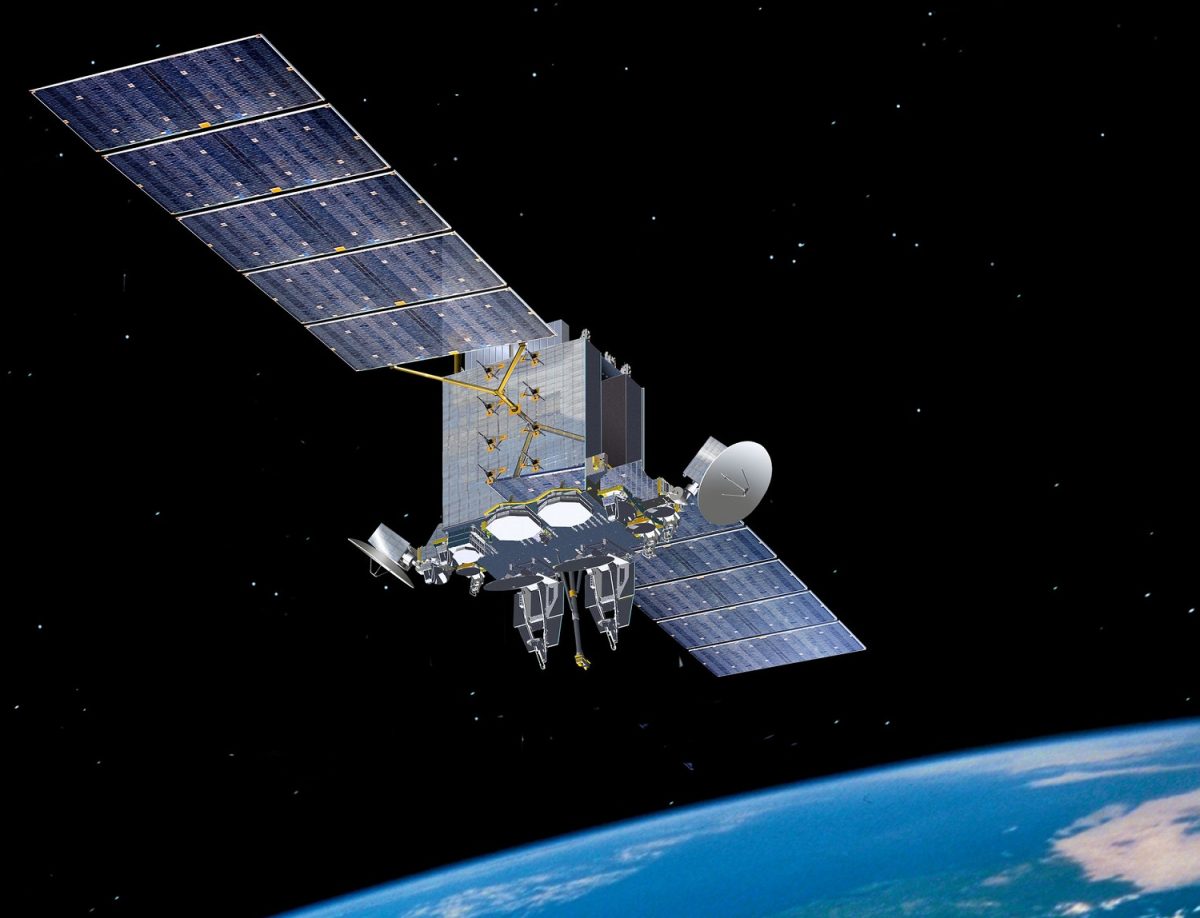
Lockheed Martin Australia has been selected to provide a sovereign satellite communications capability to the ADF. Image: Lockheed Martin.
Defence has announced that Lockheed Martin Australia has been selected to supply a new sovereign satellite communications (SATCOM) capability to the Australian Defence Force.
A notification on Monday (3 April) said the company, as preferred tenderer for Defence’s Joint Project (JP)9102 Phase 1, will now proceed to the next stage of the procurement process, which will include tender clarification and unspecified improvement activities.
Barton-based Lockheed Martin Australia beat out competing tenders headed up by Boeing Defence Australia, Northrop Grumman Australia, Airbus Australia Pacific and Optus, each of which brought together teams of international and Australian companies.
It had been expected that the five competing teams would be shortlisted to two before a decision on the successful tenderer would be made, but with SATCOM being a key and urgent requirement for the ADF, the shortlist stage appears to have been bypassed.
When she assumed command of Australia’s new Space Command in March 2022, Air Vice Marshal Cath Roberts said she wanted to accelerate as many of the ADF’s space programs as possible.
“I am doing a complete architecture review. It has been underway for a short time,” she said at the inauguration of the new command in Canberra.
“That work is really really important and I expect you will see modifications. We are going to do things really quickly. I have some really good ideas about how we can deliver capability far more quickly than we have in the past.”
When asked specifically about the possibility of accelerating JP9102, she said, “If I have something to do with it yes. 9102 followed the traditional approach and the tenders will be evaluated, that will result in a capability being fielded a long time away.
“We need those satellites in geostationary orbit,” she added. “There is no doubt about that. How quickly can we do it? That is something we will talk about with the companies once we have selected a tenderer. I would like it always to be quicker.”

Defence Space Commander Air Vice-Marshal Cath Roberts wants to accelerate some of the ADF’s space programs. Photo: ADF.
The new SATCOM system will include up to three Defence-controlled and operated geostationary communications satellites, multiple ground stations across Australia, an integrated SATCOM Management System and two new satellite communications operations centres.
Geostationary orbits are located at 36,000 km above the earth’s surface where objects orbit the earth at the same speed the earth spins, thus the satellites are fixed above the same point on the earth’s surface.
Australia’s SATCOM system will primarily cover the Indo-Pacific and Southern Ocean regions in which the Australian Defence Force primarily operates, but will likely also have links with the US’s Wideband Global Satellite (WGS) and UK’s Skynet SATCOM systems as well.
“Currently across Defence there is up to 89 capabilities which depend on satellite communications,” Head of Air Defence and Space Systems Division, Air Vice-Marshal David Scheul, said.
“Once delivered, the new system will increase the resilience, agility and flexibility of Defence’s military satellite capability.”
Lockheed Martin’s team includes Australian companies Inovor Technologies, EM Solutions, AV-Comm, Linfox, Shoal Group, Ronson Gears, Calytrix Technologies, Conscia, Clearbox Systems, DXC and Blacktree Technology.
“We are proud to be selected as the preferred bidder to deliver this critical capability to the Australian Defence Force,” Lockheed Martin Australia and New Zealand Chief Executive Warren McDonald said in a company statement.
“This capability will provide the Australian Defence Force with robust connectivity and reliable information when and where they need it, and by extension, contribute further to the growth and development of Australia’s defence and space industries.”
Boeing’s bid was based on its 702X satellite ‘bus’, upon which its US Air Force WGS SATCOM constellation is based.
Australia bought into the WGS program in 2007 by funding the sixth satellite in that constellation, which was launched in 2013, giving it access to the entire WGS constellation.
The Boeing solution was thus considered to be a low-risk one, as it built upon an existing capability already in service.
While the ADF currently piggybacks off the US’s WGS system, it also has a small SATCOM payload onboard the Optus C1 satellite. But the Optus C1 satellite was launched in 2003 and was planned to have a 15-year service life, so it is already past its use-by date.
Plus, with WGS being a US system and Optus being Singapore-owned, Australia wants its own sovereign system so as to not be reliant on foreign systems for its secure communications.
If the ADF wanted to access WGS, it had to ask. During the 2020 bushfires, access was reportedly granted within 24 hours. But, in a wartime situation where the US needed as much SATCOM bandwidth as possible, Australia’s needs may not necessarily be prioritised.
The ADF also leases access to 20 channels on a UHF communications payload on the Intelsat IS-22 commercial satellite, which was launched in 2012 and provides coverage of the Indian Ocean region, but this lease expires in 2027.














